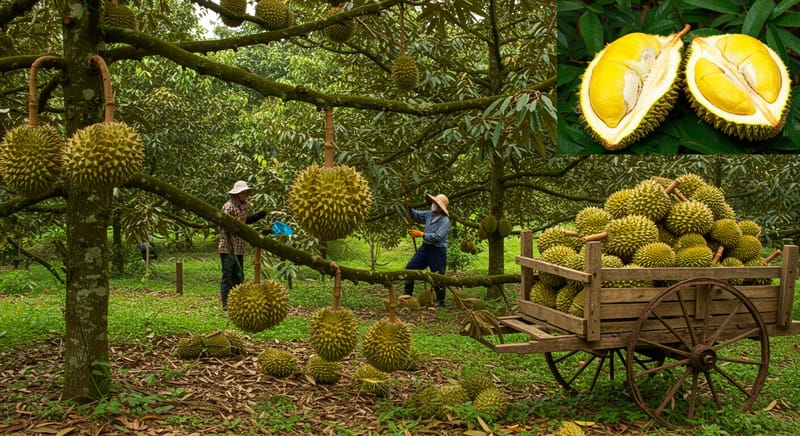The Gourmet Delight of Grasshoppers: A Culinary Adventure
Grasshoppers, the chirping musical heralds of summer fields, might not be the first thing that springs to mind when you think of gourmet cuisine. However, in many corners of the world, these insects are not just appreciated for their song but also their flavor and nutritional value. For the uninitiated,

Grasshoppers, the chirping musical heralds of summer fields, might not be the first thing that springs to mind when you think of gourmet cuisine. However, in many corners of the world, these insects are not just appreciated for their song but also their flavor and nutritional value. For the uninitiated, the idea of indulging in grasshoppers might be a step too far outside their culinary comfort zone, but for those willing to take the leap, a delightful experience awaits.
The Historical Significance
The consumption of insects, or entomophagy, is not a modern concept. For thousands of years, from ancient cultures in Africa to traditional societies in Asia, grasshoppers have been a dietary staple. Revered for their protein content, grasshoppers are also rich in essential amino acids, minerals, and vitamins.
The Preparation
Harvesting grasshoppers is an art in itself. Often, it's done early in the morning or late in the evening when they're less active. Once collected, they're meticulously cleaned and then boiled to ensure safety. From here, the culinary magic begins.
In Oaxaca, Mexico, grasshoppers, known locally as 'chapulines', are toasted on a comal (flat griddle) with garlic, lime juice, and salt, infusing them with a tangy, spicy flavor. They are often served with guacamole, sprinkled atop tacos, or simply enjoyed as a crunchy snack.
In Uganda, a popular dish is 'Nsenene'. Here, the grasshoppers are pan-fried with onions and spices until they achieve a delightful crispy exterior, with a tender, almost shrimp-like texture within.
The Modern Culinary Scene
With the global culinary world constantly evolving and the increasing focus on sustainable sources of protein, grasshoppers are making their way into upscale restaurants. Gourmet chefs are crafting innovative dishes, from grasshopper tartare with avocado to chocolate-covered grasshoppers, offering a unique blend of traditional flavors with modern techniques.
In Bangkok, there's a growing trend of 'bug bars' – establishments dedicated to crafting artisanal cocktails paired meticulously with insect-based tapas. Imagine sipping on a lemongrass-infused gin while nibbling on grasshopper spring rolls.
Overcoming the 'Yuck' Factor
The psychological barrier is often the hardest to overcome. For many, the very thought of consuming insects evokes feelings of discomfort. However, when presented as a delicately seasoned, crispy treat rather than a garden pest, the perspective begins to shift. Plus, for the environmentally conscious, grasshoppers offer a more sustainable and eco-friendly protein source compared to traditional livestock.
Final Thoughts
Like any gourmet experience, indulging in grasshoppers requires an open mind and adventurous palate. For those willing to take the gastronomic plunge, these humble insects offer a world of flavors, textures, and experiences, bridging the gap between ancient traditions and modern culinary innovation. Whether you're savoring them on a street corner in Mexico or a posh restaurant in New York, grasshoppers prove that sometimes, the most unexpected ingredients provide the most unforgettable delights.




